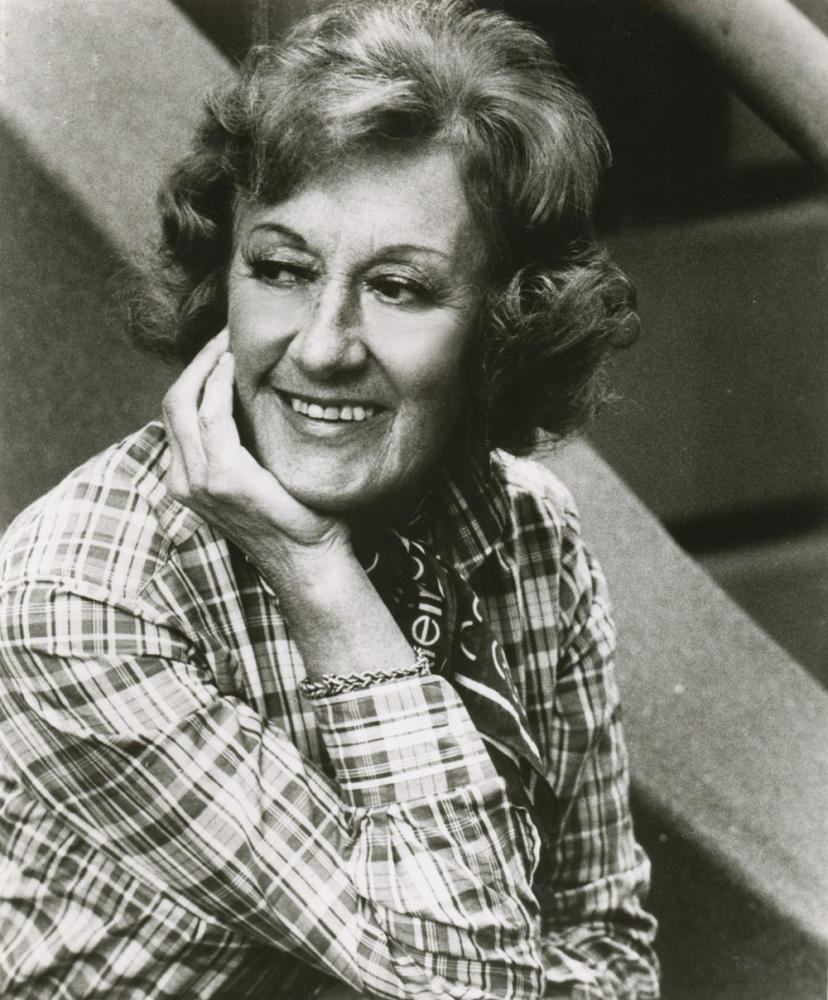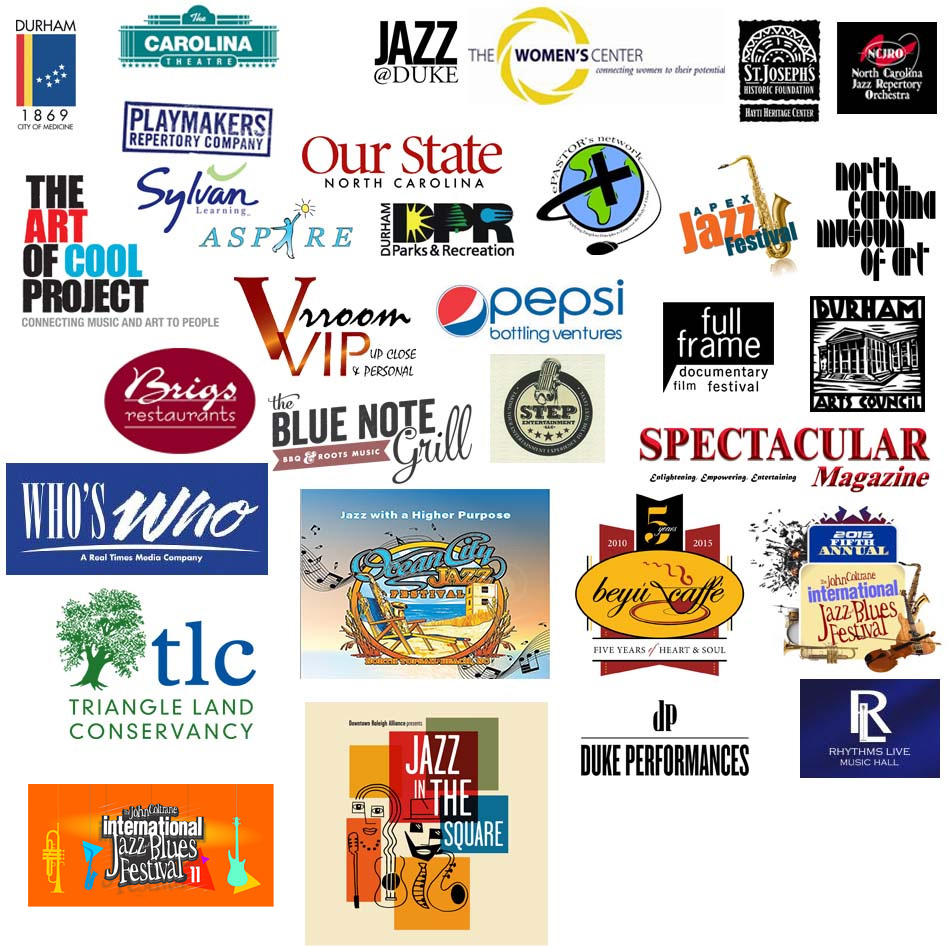Marian McPartland

Marian McPartland has made jazz piano duets into something of an art form. Sure, it’s been done before, but not very often. There are the Pete Johnson/Albert Ammons duet sessions that made both boogie pianists stars, but save for the occasional live performance where a couple of luminaries may have sat in together to present a finale to a concert, there aren’t that many examples in the jazz canon.
In the 20 or so years that she’s hosted her program Piano Jazz on National Public Radio, Marian McPartland has done her level best to boost the profile of this neglected jazz instrumental format. “Somehow,” McPartland tells me during a phone interview from San Francisco, where she’s playing with her trio at Yoshi’s, “I’ve always been associated with either two or four pianos. The first gig I ever had years ago was a four-piano act in England, where we performed in vaudeville all over the country.”
McPartland was born in England on March 20, 1918, and was playing piano by ear from the time she was three years old. At the age of seventeen, she was accepted by The Guildhall School of Music. There she studied composition and music theory in addition to her piano playing, obtaining a firm grounding in classical piano technique that shows in her playing to this day. But McPartland wanted to play jazz.
 She auditioned for a popular English pianist, Billy Mayerl, and was offered a job. Her parents were not happy with her decision to go on the road, but Marian could not be swayed, and finally, they relented. “I do know a lot of young musicians,” she says, “we talk occasionally and one of their big things seem to be that their parents want them to be in some other business, you know, and mine did too, but I didn’t let that stop me. That’s the main thing is be persistent. If you want to do it you’ve got to really get into it, you can’t just halfway do it and have a day job and play a few gigs here and there, you’ve just got to really get into it.”
She auditioned for a popular English pianist, Billy Mayerl, and was offered a job. Her parents were not happy with her decision to go on the road, but Marian could not be swayed, and finally, they relented. “I do know a lot of young musicians,” she says, “we talk occasionally and one of their big things seem to be that their parents want them to be in some other business, you know, and mine did too, but I didn’t let that stop me. That’s the main thing is be persistent. If you want to do it you’ve got to really get into it, you can’t just halfway do it and have a day job and play a few gigs here and there, you’ve just got to really get into it.”
Marian really got into her musical career, even though she wasn’t always playing jazz. Once Mayerl’s four piano act broke up, she continued to work in vaudeville and accompanied singers until World War II, when she joined ENSA, the English equivalent of the USO. By 1944 she had joined up with the USO, traveling to France and Belgium, where she met cornetist Jimmy McPartland, her future husband. She has written that during her tours with McPartland’s group playing for GI s on the front lines she learned a lot of the things she needed to know to be a professional jazz pianist, including how to accompany soloists and a great deal of the standard repertoire.
She and Jimmy were married in Aachen, Germany, on February 4, 1946. Soon thereafter, they came back to the States and lived in Chicago, which McPartland refers to as her second home. Jimmy is, of course, known as one of the originators of the “Chicago jazz” style. The University of Chicago’s Jazz Archive contains a large collection of photographs, correspondence, and recordings made available by the McPartlands that tell the story of an important time and place in the development of jazz. Marian appeared at the University’s Mandel Hall on October 20, 2001, in a tribute concert for Jimmy, who passed away in 1991. The event featured Marian and a group of musicians playing music associated with Jimmy, including some who played with him. “We’ve done this before a few years ago, playing all of Jimmy’s recorded music and generally having a good time recalling jokes and funny things that we said to each other.”
 The couple moved to New York in 1949, and there she continued to be exposed to all of the great jazz artists of the day. She played her first trio engagement at a club called The Embers, and in 1952 began what became an eight-year stint at the famed Hickory House. By then the trio included drummer Joe Morello, and bassist Bill Crow, who are widely known for their work with Dave Brubeck and Gerry Mulligan, respectively. The trio was named “Small Group of the Year” in 1955 by Metronome magazine. Marian became an established jazz and club pianist; since the Hickory House was located on 52nd Street musicians were always among those in attendance. These often included the likes of Duke Ellington, Oscar Peterson, Billy Strayhorn, and Benny Goodman, as well as one of McPartland’s influences, Mary Lou Williams.
The couple moved to New York in 1949, and there she continued to be exposed to all of the great jazz artists of the day. She played her first trio engagement at a club called The Embers, and in 1952 began what became an eight-year stint at the famed Hickory House. By then the trio included drummer Joe Morello, and bassist Bill Crow, who are widely known for their work with Dave Brubeck and Gerry Mulligan, respectively. The trio was named “Small Group of the Year” in 1955 by Metronome magazine. Marian became an established jazz and club pianist; since the Hickory House was located on 52nd Street musicians were always among those in attendance. These often included the likes of Duke Ellington, Oscar Peterson, Billy Strayhorn, and Benny Goodman, as well as one of McPartland’s influences, Mary Lou Williams.
“Well, I always admired Mary Lou; she’s really one of my role models. I always wanted to be able to swing as hard as she did. That was something she could do no matter what the rhythm section was like, and I loved her creativity, she always wanted to be on the edge. Every time I heard her she would be doing something different harmonically. All her compositions are really interesting things.” McPartland and Williams stand side by side in Art Kane’s famous 1958 Great Day in Harlem photograph. The trio recorded some classic sides for Capitol, which remain mysteriously unavailable at this time, though a Savoy reissue of some live dates entitled On 52nd Street is available on CD.
The group reunited for some weekend gigs at Birdland in the Fall of 1998, and those performances can be heard on the Concord disc Reprise.
Originally published at allaboutjazz.com
Photo credits:
- Home – thetimes.co.uk
- Above #1 – nytimes.com
- Above #2 – chicagotribune.com
- Above #3 – digital.nepr.net

